Woman in Gold: An interview with director Simon Curtis
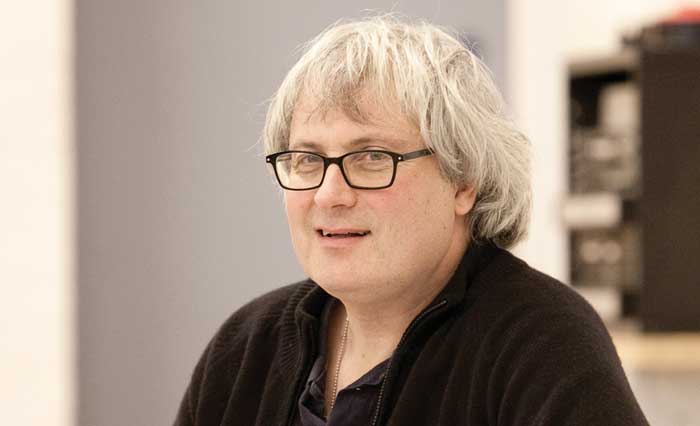
Simon Curtis is someone who thrives on taking take a true story and retelling it on the silver screen. The Upcoming caught up with director the director to talk about his new film Woman in Gold.
You’ve been quoted as saying that after watching a program on the story of Maria Altmann for the BBC’s Imagine Documentary series, you were deeply moved. Why did it speak to you personally?
Simon Curtis: Well, I’m a product of a Jewish immigrant family in the UK so that interested me. I love the idea of bringing the modern world and connecting it to the events of 1938. I found the sense of Jewish community that was destroyed overnight just very powerful.
There must have been an incredible amount of material to work through in order to present the events on screen as close to the truth as possible. What research did you undertake?
SC: You just do as much research as possible and then at a certain point you have to make the film. You hope that you’ve got it right because you can’t be sure. We had a lot of people helping us – like Randy himself was around to answer questions. There were a lot of photographs that helped us recreate moments. For example, with the scene when the Jewish people are made to paint on the walls, we were recreating actual photographs.
There are short scenes in the past, where we see Adele Bloch-Bauer insinuate that she is unhappy before the war has even began. As with any true story-based films there are artistic decisions to creatively embellish characters with motivations. Can you comment on this?
SC: There was some research on that – she married an older man and didn’t have any children. It’s just sort of the sense we got. I would say the biggest thing is that in real life Randy is very knowledgeable about all things regarding Austria. We thought it was a better journey for our audience if we see Randy learn the importance of his family and history – the knowledge of what his ancestors went through for him to live where he lives.
Ryan Reynolds plays very much against type as the struggling underdog lawyer. Did you intentionally want to take someone unexpected and push them to a place that we perhaps haven’t seen them go before?
SC: Yeah, we were aware of that. He and Randy share a real intelligence and a real sweetness too so that makes sense.
The pairing of Mirren and Reynolds is an unlikely duo.
SC: Yes – definitely. You just pray that they have a chemistry and I’m thrilled that they did.
What was it like working with Dame Helen Mirren?
SC: Fabulous. She’s super smart and there’s no coincidence that she’s a great actress. I’ve known Helen for a long time.
Mirren and Reynolds are responsible for a lot of the light hearted quips and comedic moments that are juxtaposed with the emotional flashbacks of the past. Why did you choose to do this?
SC: You have to make every scene work as best they can. Sometimes Helen and Ryan would do a comedy thing at the end of a scene and we’d go “oh, that’s fun”. Most people know the ending and so this was to give it as much tension as possible – a ride of laughs and emotion.
The past is entirely in another language, albeit one moment when Maria’s father speaks English. What was the significance of this scene?
SC: I think it was a gesture from him to her looking to the future. He is giving her permission, no matter how much pain it causes him, to go and live her life. It was an incredible act of amazing generosity really.
The idea of the restitution of property is a complex one when applied to history. Klimt’s famous Portrait of Adele Bloch-Bauer I was revealed to not have been Adele’s property, but indeed her husbands’. In turn, this makes her will not legally binding and gives Altmann a right to fight for it. But it too raises the issue of art ownership – does or should art be owned?
SC: Well, that’s a very complicated thing. There’s not much difference for Maria whether it’s her aunt or uncle’s painting. Certainly, it was a painting that her uncle paid the great Klimt to paint of her aunt. So, there was a real personal connection and it was hung on the wall of her childhood home. If that was my family, I can imagine campaigning for it in that way.
Only recently Greece were campaigning for the restitution of their marble.
SC: I don’t know so much about that, but I think there’s a case for different countries fighting for their stuff. I’m sure there’s a lot of paintings in a lot of museums where there’s questionable providence. It’s an interesting, complex idea.
Altmann sold the painting for $135m but throughout the film we are made aware that it’s not about the monetary worth, it’s about justice. There are people who say: “Why did she sell the painting if it’s not about money?”
SC: There will be people who say that. The painting is worth 150 million pounds so you can’t hang it in a little bungalow – you’d have to have armed guards outside. She was coming to the end of her life. It’s a legacy, not only to her descendants but to descendants of all that family – lots of kids and grandkids and all that. Why shouldn’t that be a gift from the past to the present? Also, Lauder guaranteed to keep it on public display forever and it’s the centrepiece of this gorgeous museum in New York that’s dedicated to Vienna, Austria. I met people in Austria who were really thrilled that it was in America because it was proclaiming Austrian talent to the world.
Did you find any part of the filmmaking process difficult?
SC: No, it was a very happy experience – boringly so. It was complicated because we filmed in England, Austria and America in two different languages, in various time periods so it was a lot.
My Week with Marilyn and now Woman in Gold. It seems as if you like to take a “true story” and make it your own.
SC: I do, yes. I don’t know why but I think it’s really interesting. There seems to be an appetite in literature and television and film for real stories. This appeals to me too. If you think of successful films recently, almost all of them have been based on real stories – 12 Years a Slave, The Imitation Game, The Theory of Everything.
Thoughts on the Oscar results?
SC: Well, of course Eddie Redmayne is a friend of mine and a brilliant actor so I was ecstatic when he won. He’s a really special man.
You’ve had the premiere in Berlin. What next for Woman in Gold?
SC: It’s released the week after Easter here and the week of Easter in America so I’m going there tomorrow. There’s a big New York premiere because Helen is on stage in New York so we can’t bring her to London. It’s a quite a thing when she has one day off between two eight performance weeks.
Finally, favourite film? The film that made you want to direct.
SC: For some reason Annie Hall has popped into my head so I’ll go with that. I also love Warren Beatty’s Reds, which is a film based on a true story so quite relevant too.
Scarlet Howes
Woman in Gold is released nationwide on 10th April 2015.
Read our review of the film here.
Watch the trailer for Woman in Gold here:
https://www.youtube.com/watch?v=geJeX6iIlO0

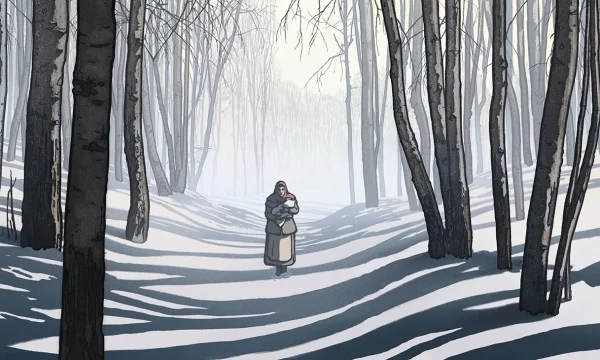
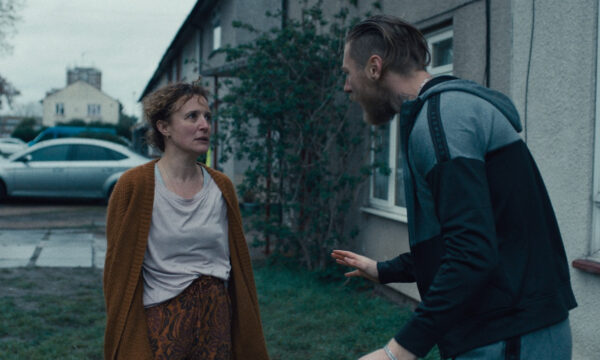
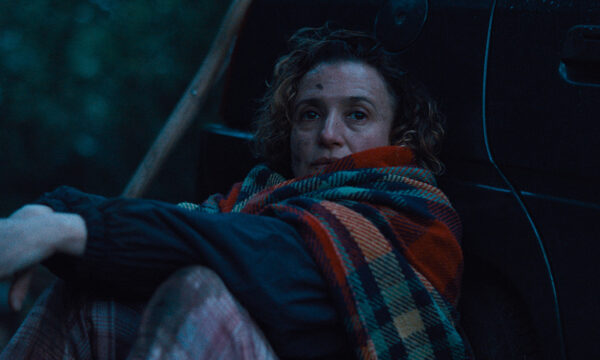
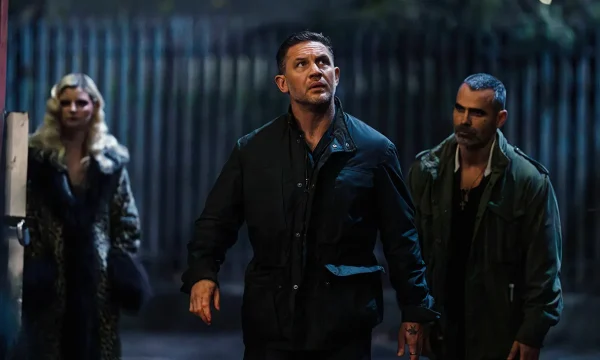

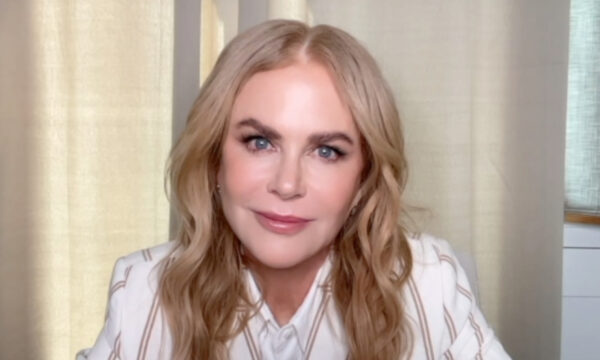
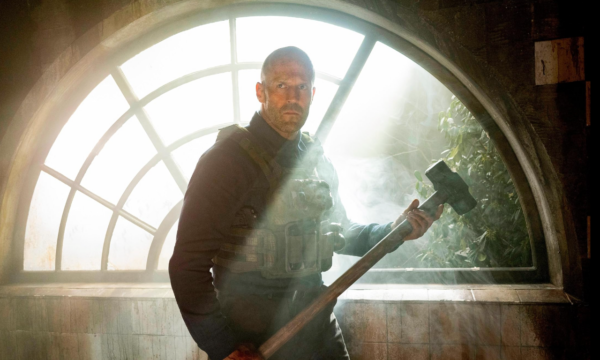
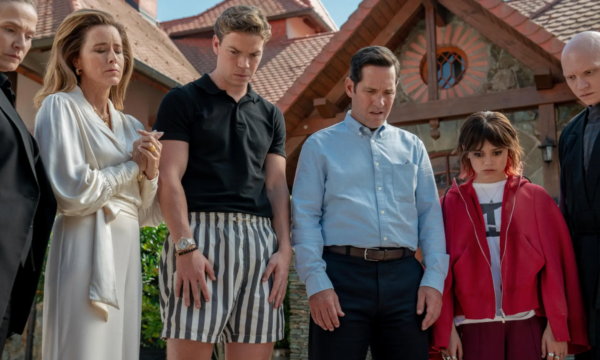








Facebook
Twitter
Instagram
YouTube
RSS